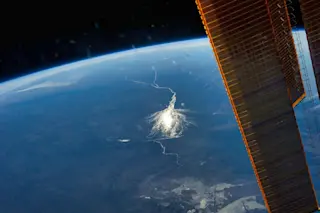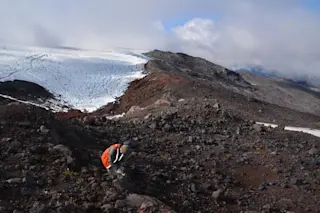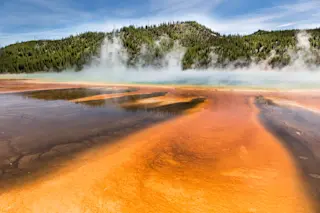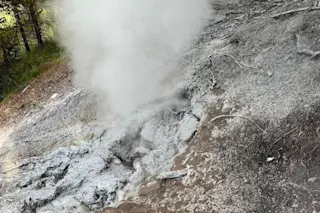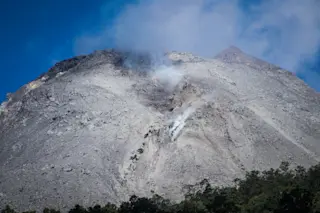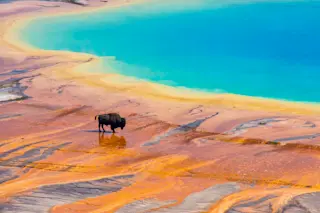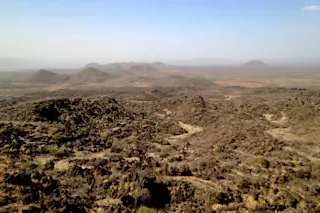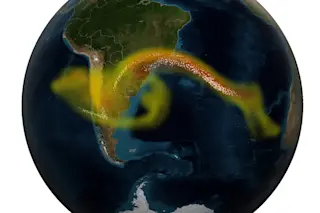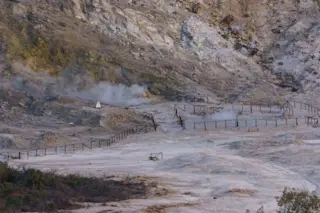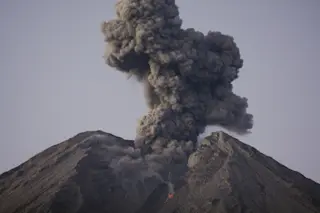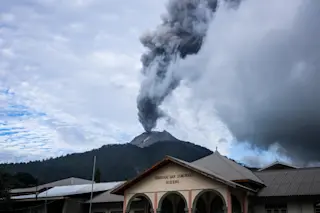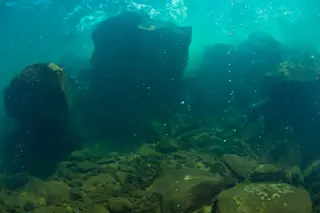When the Hunga Tonga-Hunga Ha'apai volcano blasted gas and ash 30 miles into the atmosphere, it definitely made waves. The question is, what kind? The eruption may have been the largest in a half century — and the biggest since satellites began collecting data on such events. NASA estimated the volcanic eruption released 300 to 600 times as much energy as the atomic bomb dropped on Hiroshima.
That energy rippled above most clouds and weather. It even reached Earth’s upper atmosphere, where satellites orbit. Understanding what kinds of waves reach such great heights following a volcanic eruption is important, because it can improve satellite safety and weather predictions in space.
“The 2022 Tonga volcanic eruption caused significant perturbations across various layers of the atmosphere, even reaching altitudes where satellites orbit,” according to a the AGU Advances paper. “This event motivates us to investigate how energy transmits from the Earth's surface ...


